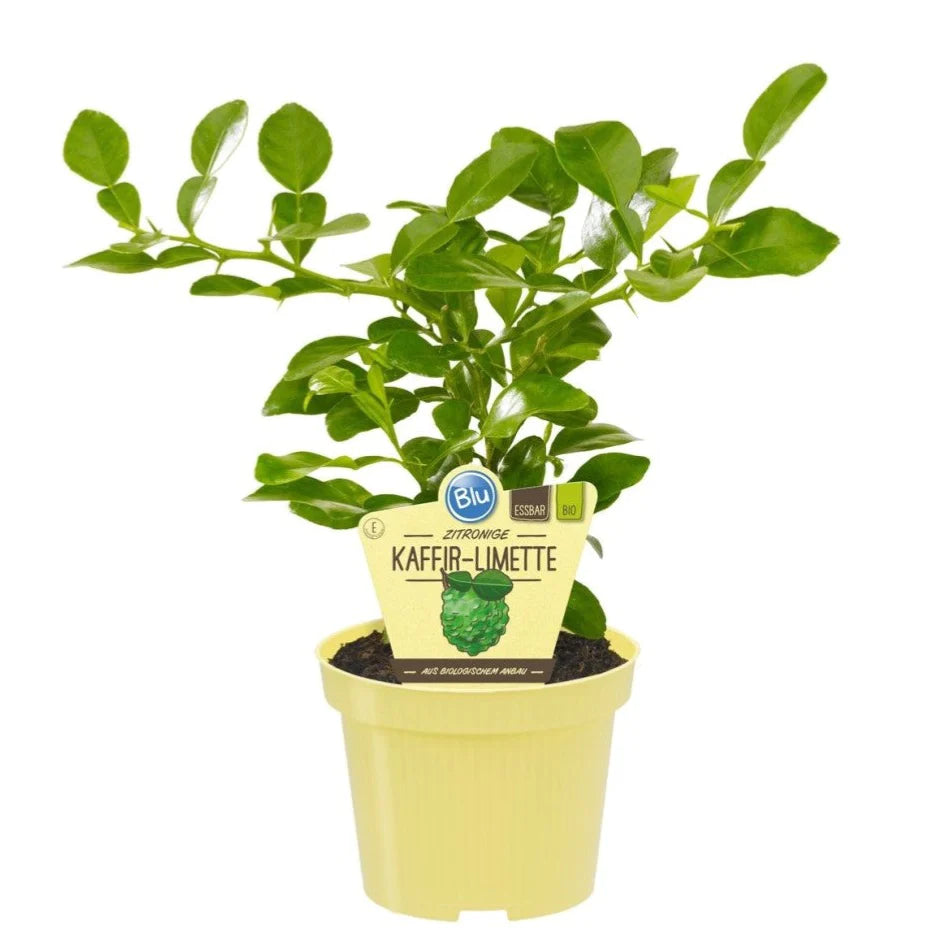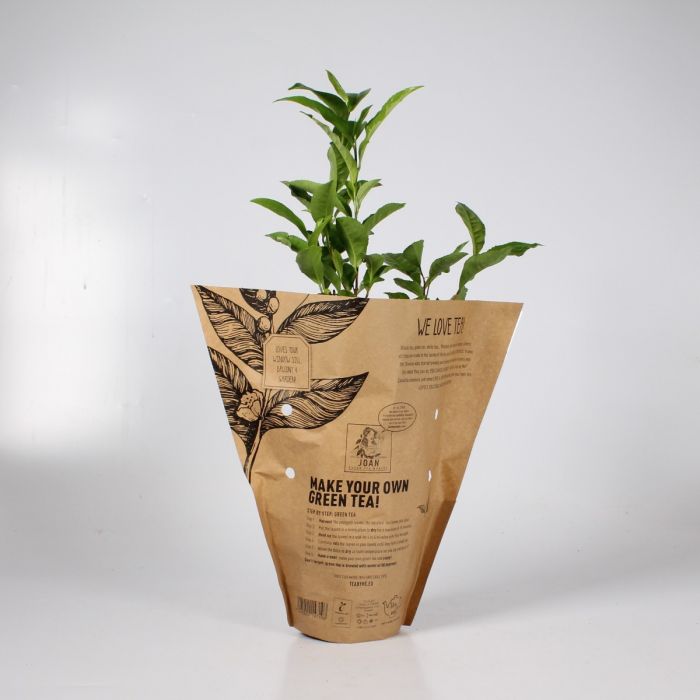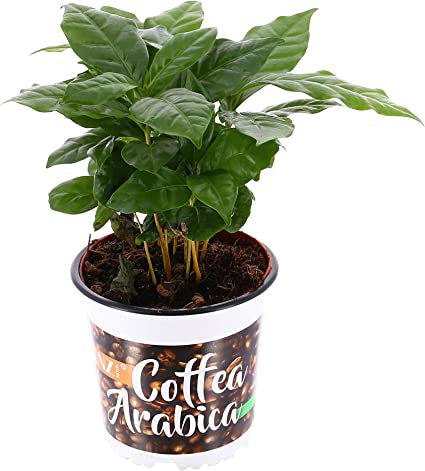Your Cart is Empty
FREE DELIVERY OVER £60
FREE DELIVERY OVER £60
PLANTS & FLOWERS
Office plants & Services
EXTERIOR PLANTING
CHRISTMAS TREES AND DISPLAYS
Houseplants 101: A Comprehensive Guide how you take care of the Philodendron
6 min read

Philodendrons are a remarkable group of plants that are highly regarded for their adaptability, diverse foliage, and ease of care. Originating from the rainforests of Central and South America, these plants display an incredible range of leaf shapes, sizes, and colors, making them a favorite among plant enthusiasts and collectors alike.
The diverse growth habits of philodendrons, from climbing to trailing, upright to bushy, provide endless possibilities for enhancing indoor spaces with a touch of tropical appeal. With over 480 species and numerous cultivars, the genus Philodendron offers an extensive palette for gardeners to create unique and captivating indoor plant displays.
1: Origins of Philodendrons
1.1 A brief history of philodendrons
Philodendrons belong to the Araceae family and are native to the tropical rainforests of Central and South America. There are over 480 known species, with more being discovered regularly. These plants have been cultivated and cherished for centuries, both for their ornamental value and their ability to purify the air.
1.2 Natural habitat and growth patterns
In their natural habitat, philodendrons are often found in the understory of rainforests, where they receive dappled sunlight through the dense canopy. They are typically epiphytic or hemiepiphytic, meaning they grow on other plants or trees without harming them. This growth habit allows them to reach higher levels of light and moisture.
1.3 Evolution in cultivation and hybridization
Through cultivation and hybridization, horticulturists have developed numerous varieties of philodendrons that are well-suited for indoor environments. These cultivated varieties often exhibit unique leaf shapes, patterns, and colors, making them highly sought after by collectors and enthusiasts.
Chapter 2: Popular Philodendron Species
2.1 Philodendron hederaceum (Heartleaf Philodendron) - philodendron scandens
Philodendron hederaceum is characterized by its heart-shaped leaves and trailing growth habit. It is an excellent choice for hanging baskets or pots with a cascading effect. This easy-to-grow species is perfect for beginners and adapts well to a variety of indoor conditions.
2.2 Philodendron bipinnatifidum (Lacy Tree Philodendron)
This large, upright species features deeply lobed, dark green leaves that give it a lacy appearance. Philodendron bipinnatifidum is an excellent statement plant for spacious indoor areas and requires relatively low maintenance.
2.3 Philodendron erubescens (Red-leaf Philodendron)
Known for its striking red stems and petioles, Philodendron erubescens has large, dark green leaves with reddish undersides. This species can be grown as a climber or allowed to trail, making it versatile for various indoor settings.
2.4 Philodendron xanadu (Xanadu Philodendron)

Philodendron xanadu is a compact, bushy plant with deeply lobed, glossy green leaves. This species is ideal for smaller spaces and adds a tropical touch to any room.
2.5 Philodendron scandens (Sweetheart Vine)

Featuring heart-shaped leaves and a vining growth habit, Philodendron scandens is perfect for hanging baskets or training onto a support. This easy-care plant thrives in a variety of indoor conditions, making it an excellent choice for beginners.
Chapter 3: Rare and Unique Philodendron Species
3.1 Philodendron verrucosum (Velvet-leaf Philodendron)
The Velvet-leaf Philodendron boasts large, velvety leaves with striking red veining. This rare species requires higher humidity and more specific care, making it a rewarding challenge for experienced collectors.
3.2 Philodendron mamei (Mamei Philodendron)

Philodendron mamei is a unique species with large, heart-shaped, silvery-green leaves marked by random patches of silver. This stunning plant prefers higher humidity and moderate light conditions, making it a sought-after species among collectors and enthusiasts.
3.3 Philodendron gloriosum (Glorious Philodendron)
The Glorious Philodendron is known for its large, velvety, heart-shaped leaves with prominent white veins. This rare and beautiful species thrives in high humidity and well-draining soil, making it a perfect addition to a well-maintained indoor garden.
3.4 Philodendron atabapoense (Atabapo Philodendron)
Philodendron atabapoense is characterized by its elongated, lance-shaped leaves with a dark green upper surface and a reddish-purple underside. This uncommon species prefers bright, indirect light and high humidity to flourish.
3.5 Philodendron melanochrysum (Black Gold Philodendron)
With its large, velvety, dark green leaves and golden veins, the Black Gold Philodendron is a stunning addition to any indoor garden. This rare species requires consistent care, including high humidity and bright, indirect light to maintain its vibrant foliage.
Chapter 4: A Comprehensive Care Guide for Philodendrons
4.1 Light requirements
4.1.1 Natural light
Most philodendron species thrive in bright, indirect light. Direct sunlight can scorch their leaves, while too little light may cause leggy growth and smaller leaves. Place your philodendron near a window with filtered light or a few feet away from a sunny window to provide optimal lighting conditions.
4.1.2 Artificial light
Philodendrons can also grow well under artificial light sources such as fluorescent or LED grow lights. Ensure the light is bright enough and evenly distributed to prevent uneven growth.
4.2 Watering needs
4.2.1 Frequency and amount
Philodendrons prefer consistently moist but not soggy soil. Water your plant when the top inch of soil feels dry to the touch. Overwatering can lead to root rot, while underwatering may cause the leaves to wilt and yellow.
4.2.2 Signs of overwatering and underwatering
Overwatered plants may exhibit yellowing leaves, soft stems, and a musty smell, indicating root rot. Underwatered plants will have wilted, drooping leaves, which may eventually turn yellow and fall off.
4.3 Soil and potting mix
4.3.1 Soil composition
A well-draining, peat-based potting mix is ideal for philodendrons. You can create your mix by combining peat moss, perlite, and vermiculite in equal parts. Some species, such as epiphytic varieties, may require additional bark or orchid mix for improved aeration.
4.3.2 Drainage and aeration
Ensure your pot has drainage holes to prevent waterlogged soil. Adding perlite, bark, or pumice to your potting mix will promote aeration and prevent compaction, allowing the roots to access oxygen more efficiently.
4.4 Temperature and humidity
4.4.1 Ideal temperature range
Philodendrons thrive in temperatures between 65-80°F (18-27°C) and can suffer damage in temperatures below 55°F (13°C). Keep your plants away from cold drafts, heating vents, or air conditioners to maintain consistent temperatures.
4.4.2 Humidity levels and methods to maintain
As tropical plants, philodendrons appreciate higher humidity levels, ranging from 50% to 70%. To maintain adequate humidity levels, consider using a humidifier or placing a tray of water with pebbles near the plant. Misting the leaves can also provide temporary relief, but be cautious of over-misting, which may lead to fungal issues. Grouping plants together can also help increase the ambient humidity, as the plants naturally release moisture through transpiration.
4.5 Fertilization
4.5.1 Types of fertilizer
A balanced liquid fertilizer, such as a 20-20-20 or 10-10-10 formula, is suitable for most philodendrons. Alternatively, you can use a slow-release granular fertilizer or organic options like worm castings or fish emulsion.
4.5.2 Frequency and application
Fertilize philodendrons every 4 to 6 weeks during the growing season (spring and summer) and reduce feeding to every 8 to 10 weeks during fall and winter. Follow the manufacturer's instructions for proper dilution and application to prevent over-fertilization, which can lead to leaf burn or damage.
4.6 Pruning and shaping
4.6.1 Pruning techniques
Regular pruning encourages bushier growth and maintains a neat appearance. Remove dead, yellowing, or damaged leaves at their base using clean, sharp scissors or pruning shears. For vining species, pinch back the growing tips to encourage branching.
4.6.2 Shaping and support
Climbing philodendrons can be trained to grow on supports such as moss poles, trellises, or even walls. Attach the plant to the support using soft ties, making sure not to damage the stems or leaves. As the plant grows, continue to secure it to the support, guiding its growth as desired.
4.7 Pest control
4.7.1 Common pests and treatment
Common pests affecting philodendrons include mealybugs, spider mites, aphids, and scale insects. Inspect your plants regularly for signs of infestation. If you notice pests, treat your plant with insecticidal soap, neem oil, or horticultural oil, following the label instructions. In severe cases, you may need to use a systemic insecticide.
4.7.2 Preventative measures
Prevent pests by maintaining proper care practices, such as providing adequate light, watering appropriately, and maintaining cleanliness. Quarantine new plants for a few weeks before introducing them to your existing collection to prevent the spread of pests or diseases.
4.8 Propagation
4.8.1 Stem cuttings
Propagate philodendrons through stem cuttings. Select a healthy, mature stem with at least one leaf and an aerial root or node. Cut below the node using a clean, sharp tool. Place the cutting in water or moist potting mix, keeping the node covered. Roots should begin to develop within a few weeks, at which point you can transplant the cutting into a pot with well-draining soil.
4.8.2 Air layering
For larger, woody philodendron species, air layering may be more successful. Make a shallow cut on a healthy stem, just below a node, and wrap the cut area with moist sphagnum moss. Secure the moss in place with plastic wrap, sealing the ends to maintain moisture. Roots will form within a few weeks to a couple of months. Once roots are established, cut the stem below the new root system and pot up the new plant.
Conclusion:
By understanding the origins, popular and rare species, and proper care of philodendrons, beginners can confidently embark on their journey into the fascinating world of urban indoor gardening. With patience and dedication, you will soon be rewarded with lush indoor jungle paradise.
Leave a comment
Comments will be approved before showing up.
Subscribe
Sign up to get the latest on sales, new releases and more …













































